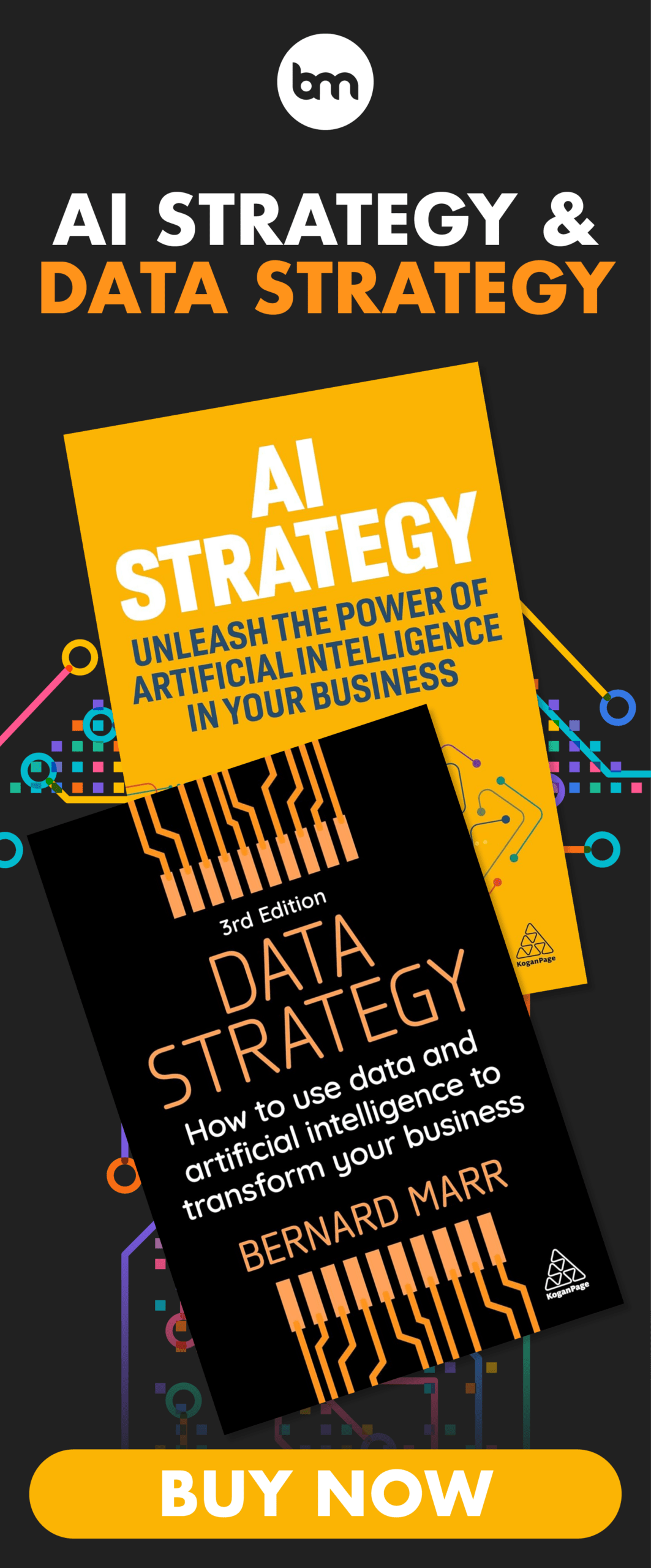What is a Strategy Map?
2 July 2021
A strategy map is a powerful management tools that describes the key business objectives on a single page. All too often businesses feel compelled to create long strategy documents. While they may look impressive, few people read them and even if they are read in the business the strategic objectives are often hidden or lost in extraneous information.

Traditional strategy maps, which were developed as part of the Balanced Scorecard (BSC) strategy execution model, solve this problem by identifying the key objectives for each BSC perspective that if achieved, will result in the successful implementation of the strategy.
Strategy map therefore facilitates the definition and communication of the strategy by creating a visual representation of the key objectives boiled down to a single page diagram. This one page map outlines the strategic aims and priorities of an organisation and helps to ensure everyone is pulling in the same direction.
What the strategy map does is put all goals, across the key business perspectives, on a single page which encourages everyone to see the cause and effect relationship between them. Otherwise the danger is that strategic goals are seen in isolation, instead a strategy map makes it clear that that all strategic goals are linked and everyone can see how the goals they are working towards help to deliver the overall strategy of the business.
Once the strategy is defined, agreed and understood, an organisation can identify the action plans it needs to put in place to deliver the strategy as well as develop relevant metrics and KPIs to monitor the strategy implementation. Get the map right and it becomes much simpler to select meaningful initiatives, measures and targets.
The Strategy Map describes the performance enablers and drivers from learning & growth and internal process perspectives that will deliver successful outcomes within the customer and financial perspectives. Strategy Maps therefore outline what an organisation wishes to accomplish (financial and customer objectives) and how it plans to deliver its accomplishments (internal process and learning and growth objectives). This cause-and-effect logic is one of the most important elements strategy maps. It allows companies to create a truly integrated set of strategic goals.
In the figure below you can see a simplified example of a strategy map for a commercial company.

Related Articles
Why AI Agents Are The Missing Link Between Enterprise Ambition And Execution
By now, “smart” versions exist of just about every home appliance, gadget and gizmos we can think of. However, manufacturers continue[...]
5 Mistakes Most Businesses Will Make This Year With Sustainability
By now, “smart” versions exist of just about every home appliance, gadget and gizmos we can think of. However, manufacturers continue[...]
5 Powerful AI Prompts That Can Boost Any Business Idea
By now, “smart” versions exist of just about every home appliance, gadget and gizmos we can think of. However, manufacturers continue[...]
15 Game-Changing AI Tools For Social Media And Content Creation
By now, “smart” versions exist of just about every home appliance, gadget and gizmos we can think of. However, manufacturers continue[...]
5 AI Prompts That Will Transform Your Self-Improvement Overnight
By now, “smart” versions exist of just about every home appliance, gadget and gizmos we can think of. However, manufacturers continue[...]
5 Employee Experience Mistakes Companies Will Make This Year
By now, “smart” versions exist of just about every home appliance, gadget and gizmos we can think of. However, manufacturers continue[...]
Sign up to Stay in Touch!
Bernard Marr is a world-renowned futurist, influencer and thought leader in the fields of business and technology, with a passion for using technology for the good of humanity.
He is a best-selling author of over 20 books, writes a regular column for Forbes and advises and coaches many of the world’s best-known organisations.
He has a combined following of 4 million people across his social media channels and newsletters and was ranked by LinkedIn as one of the top 5 business influencers in the world.
Bernard’s latest book is ‘Generative AI in Practice’.










Social Media